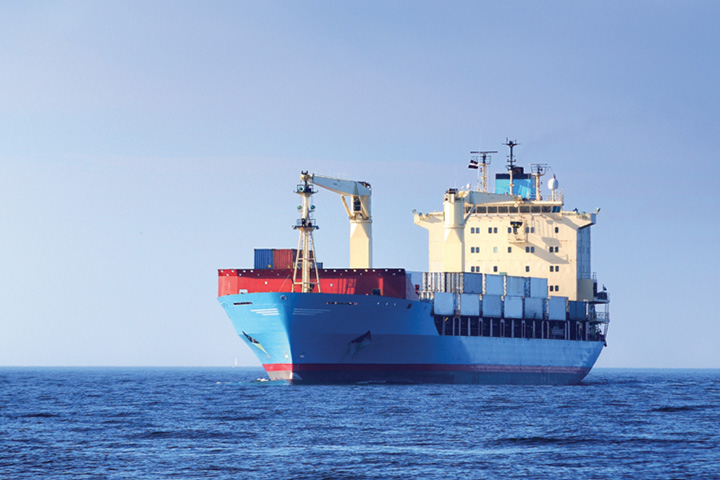President Donald Trump’s administration is poised to implement a sweeping tariff policy on Tuesday, targeting imports from Canada, Mexico, and China. This move, confirmed by Commerce Secretary Howard Lutnick, marks a significant escalation in Trump’s America First trade strategy.
The tariffs on Canada and Mexico are set to take effect on March 4, with President Trump retaining the final say on the exact rates. Initially proposed at 25%, these tariffs are ostensibly aimed at curbing the flow of illegal drugs and migrants into the United States. Lutnick, speaking on Fox News’ “Sunday Morning Futures,” stated, “There are going to be tariffs on Tuesday on Mexico and Canada. Exactly what they are, we’re going to leave that for the president and his team to negotiate.”
Simultaneously, Chinese imports face an additional 10% tariff, potentially raising the total levy to 20% when combined with an existing 10% tariff implemented a month ago. This action is reportedly in response to Beijing’s perceived inaction in stemming the flow of fentanyl into the US.
The global economic landscape is bracing for potential ripple effects. Chinese state media has hinted at retaliatory measures, raising concerns about an escalating trade war between the world’s two largest economies. The state-run Global Times suggested that Beijing’s countermeasures might target US agricultural and food products.
Canada, caught in the crossfire, is preparing its defense. Canadian Internal Trade Minister Anita Anand affirmed the country’s readiness to protect its economy. “We are steady at the wheel. We are prepared for any eventuality, but we will at every turn defend our country’s economy,” she told CBC News. Canada had previously outlined potential retaliatory tariffs on $30 billion worth of American goods, including everyday items like pasta, clothing, and perfume.
The impending tariffs have sparked debate about their effectiveness and potential consequences. While Trump views tariffs as a tool to address trade imbalances and protect US manufacturing, critics argue they could harm American consumers and businesses still recovering from prolonged inflation.
As the Tuesday deadline approaches, global markets remain on edge. The implementation of these tariffs could reshape international trade dynamics and test the resilience of long-standing economic partnerships. With negotiations ongoing, the final form and impact of these tariffs remain uncertain.

